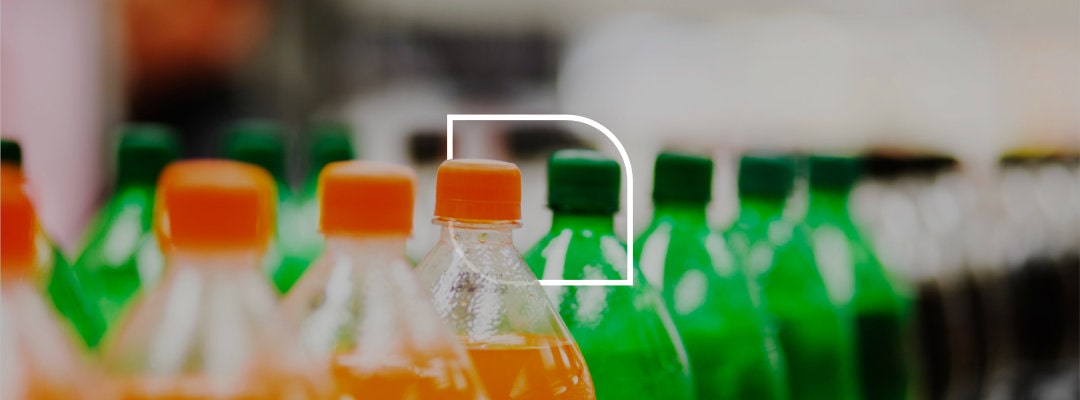- Acidulants are chemical compounds used as additives in the food and beverage industry.
- They provide sour or acidic flavor, act as preservatives, pH adjusters, leavening agents, and coloring agents.
- Examples of Acidulants include: Citric Acid, Acetic Acid, Lactic Acid, Phosphoric Acid and Malic Acid.
Acidulants definition
Acidulants are chemical compounds extensively used as additives in the manufacturing of food and beverages. This versatile group of substances is primarily utilized to give sour, or acidic flavor, while also serving as preservatives, pH adjusters, leavening agents, and coloring agents.
The most common acidifiers include various acids. Acidulants can also be referred to as acidity regulators. Want to learn more about their properties and applications in the food and beverage industry? You can find all the important information below.
Acidulants in food
Acidulants play an important role in the food industry. When added to foods and beverages, they provide several benefits, being the functional additives. In addition to their ability to improve taste, they also help extend the shelf life of products and assist in pH regulation. Acidulants’ roles in the food industry include:
-
- change in the taste – Acidulants add a sour taste to foods, enhancing their flavor profile,
- pH adjustment – they are utilized for pH regulation, especially when it is necessary to control the pH level in order to achieve optimal gel strength in jellies or jams,
- preserve – acids lower the pH level which helps inhibit the growth of bacteria. They also enhance the effectiveness of preservatives such as benzoates, sorbates and propionates;
- antioxidant action – some acidulants possess antioxidant properties, so they help prevent or delay the oxidation of food components and preserve the quality and appearance of food.
Do you want to learn more about properties and applications of functional additives in food? Learn our overview about it!
Acidulants examples

Citric Acid
Citric Acid is a chemical compound that occurs naturally in citrus fruits but is also found in most organisms. On an industrial scale, CItric Acid is mainly obtained by fermentation.
Citric Acid functions as an acidity regulator, preservative, flavor enhancer, antioxidant, bleaching agent and emulsion stabilizer.
As a food additive, it is known as E330. Citric Acid is used in jams to increase the thickness of the gel. It also prevents fruits and vegetables from turning brown, preserves the natural color of meat products, extends the storage time of frozen fish, prevents wine from becoming cloudy, and accelerates the ripening process of meat. It is also widely used in the production of beverages.
Acetic Acid
Acetic Acid is an organic compound. In the food industry, it is made through acetic fermentation using ethanol. Acetic Acid is the primary ingredient found in vinegar and is identified as food additive E260.
In the food industry Acetic Acid acts mainly as a preservative since it is a pH regulator. It is also a flavor enhancer.
Acetic Acid plays a crucial role in the food industry by preventing the growth of microorganisms and adding the distinct sour taste to pickled products. It is also utilized in cheese production to facilitate the coagulation of milk proteins and the separation of the curd from the whey. When combined with baking powder in the confectionery industry, it aids in achieving a fluffy and airy texture in the final product. Additionally, E260 can be found listed as an ingredient in various other foods including pre-made sauces, dairy products and staple food items.
Lactic Acid
Lactic Acid is an organic acid formed in muscles and red blood cells, but is also found in sour milk. Industrially, it is produced as a by-product during the bacterial fermentation of sugar, corn starch or milk whey.
Lactic Acid is known as a food additive with designation E270. It is added to products, because it is a preservative and pH regulator. What is more, it modifies the taste and smell of foods.
E270 is used in baking to acidify bread and create carbon dioxide for bread formation. It is widely used in the dairy industry to enhance stability, volume and fermentation of dairy products. Additionally, Lactic Acid acts as a preservative for fruits and imparts flavors to beer, cheese or pickles.
Phosphoric Acid
Phosphoric Acid is an inorganic chemical compound obtained by digesting calcium phosphate with Sulfuric Acid. In the food industry it is known as E338.
Phosphoric Acid gives products a slightly sour taste, but also affects their shelf life – it inhibits the proliferation of bacteria and mold.
It is added mainly to sugary carbonated beverages and is one of the main ingredients in Coca-Cola®. It also prevents the growth of mold and bacteria in jams and preserves. It is also a pH regulator in the production of dairy products.
Malic Acid
Malic Acid is an organic chemical found mainly in apples. Synthetically, it is produced by the double hydration of maleic anhydride.
Malic Acid is a food additive (E296) that serves both as an antioxidant and acidulant. It improves the taste of products and inhibits the growth of bacteria and fungi. It is commonly used as a sweetener or astringency enhancer in fruit and vegetable juices, iced tea powder, lemonades, jams and candies.
Why Foodcom?
Our great team of Sales Support will help our Traders conduct the contract and business deals in a smooth and efficient way to ensure the best quality service to all our Business Partners. Our logistics team will take care of transportation and the financial department will be responsible for all matters connected with the financial part of the deal. Do not hesitate! Contact us.






